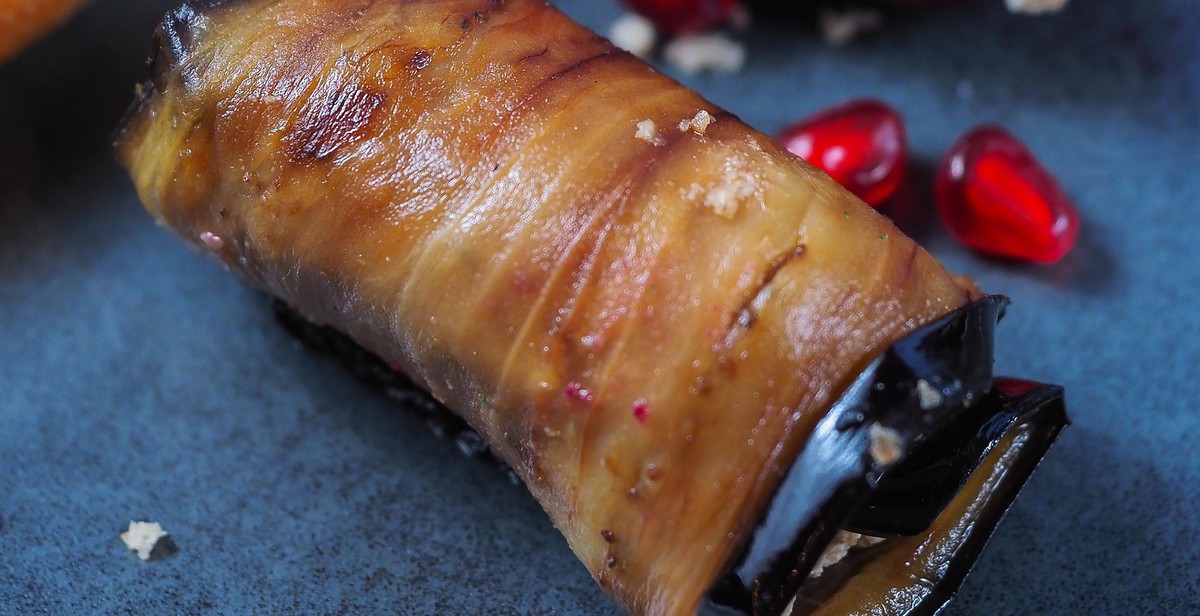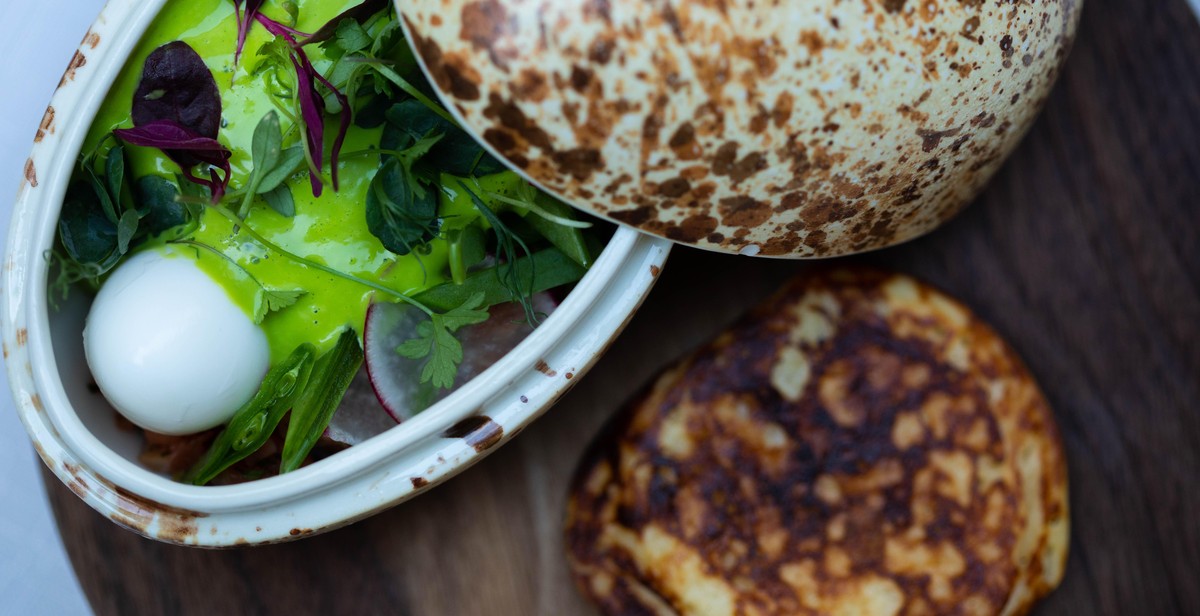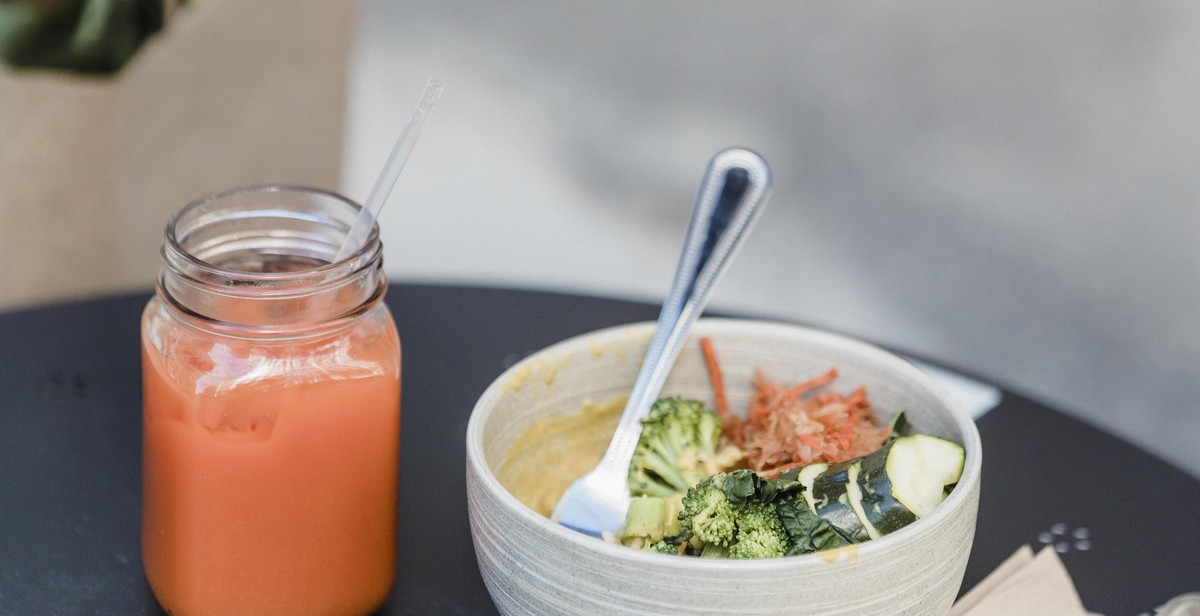How to Make Vegetable Pesto: Fresh and Flavorful Herb-based Sauces
If you are a fan of pesto but want to try something new, vegetable pesto is a delicious and healthy alternative. Pesto is a versatile and flavorful sauce that can be used as a dip, spread, or topping for pasta, sandwiches, and more. Vegetable pesto is a great way to incorporate more vegetables into your diet while enjoying the fresh and vibrant flavors of herbs.
What is Vegetable Pesto?
Vegetable pesto is a sauce made with fresh vegetables and herbs, blended with olive oil, nuts, and cheese. The traditional pesto recipe uses basil as the main herb, but vegetable pesto can be made with a variety of vegetables such as spinach, kale, arugula, and even broccoli. The addition of vegetables not only adds more nutrients but also creates a unique and flavorful pesto.
Why Make Vegetable Pesto?
Making your own vegetable pesto at home is not only easy but also a great way to control the quality of ingredients and customize the flavors to your liking. Store-bought pesto often contains preservatives and additives that may not be as healthy. Plus, making your own pesto allows you to experiment with different vegetables and herbs to create your own unique blend.
In this article, we will explore different vegetable pesto recipes that you can easily make at home. We will also provide tips on how to store and use vegetable pesto for maximum enjoyment.

What is Vegetable Pesto?
Vegetable pesto is a delicious, herb-based sauce typically made with fresh vegetables and herbs. It is a versatile sauce that can be used as a dip, spread, or as a topping for pasta, pizza, or sandwiches. Unlike traditional pesto, which is made with basil, pine nuts, and Parmesan cheese, vegetable pesto is a healthier, vegan-friendly alternative that is low in calories and high in nutrients.
Ingredients
The ingredients for vegetable pesto can vary depending on the recipe, but some of the common ingredients include:
- Fresh vegetables (such as spinach, kale, arugula, or broccoli)
- Fresh herbs (such as basil, parsley, or cilantro)
- Nuts or seeds (such as almonds, walnuts, or sunflower seeds)
- Olive oil
- Lemon juice
- Garlic
- Salt and pepper
How to Make Vegetable Pesto
Making vegetable pesto is easy and requires only a few simple steps:
- Wash and chop the vegetables and herbs.
- In a food processor, combine the vegetables, herbs, nuts or seeds, garlic, salt, and pepper.
- Pulse the mixture until it is finely chopped.
- With the food processor running, slowly add the olive oil and lemon juice until the mixture is smooth and creamy.
- Taste and adjust the seasoning as needed.
Vegetable pesto can be stored in an airtight container in the refrigerator for up to a week.
Health Benefits of Vegetable Pesto
Vegetable pesto is a healthy and nutritious sauce that is packed with vitamins, minerals, and antioxidants. The fresh vegetables and herbs provide a variety of nutrients, while the nuts or seeds add healthy fats and protein. Olive oil is also a good source of healthy fats, and garlic has been shown to have anti-inflammatory and immune-boosting properties.
Overall, vegetable pesto is a delicious and healthy way to add flavor and nutrition to your meals.

Ingredients for Vegetable Pesto
Vegetable pesto is a perfect way to incorporate fresh vegetables into your diet. This herb-based sauce is easy to make and can be customized to your taste preferences. Here are the ingredients you need to make vegetable pesto:
Herbs
- 2 cups fresh basil leaves
- 1 cup fresh parsley leaves
- 1/2 cup fresh mint leaves
These herbs add a fresh and flavorful taste to your pesto. You can use any combination of herbs you prefer, but basil is the traditional herb used in pesto.
Vegetables
- 2 cups chopped kale
- 1 cup chopped spinach
- 1/2 cup chopped broccoli
Vegetables add extra nutrition and flavor to your pesto. You can use any combination of vegetables you prefer, but leafy greens like kale and spinach are popular choices.
Nuts and Seeds
- 1/2 cup pine nuts
- 1/2 cup walnuts
- 1/4 cup sunflower seeds
Nuts and seeds add a nutty and crunchy texture to your pesto. You can use any combination of nuts and seeds you prefer, but pine nuts are the traditional nut used in pesto.
Cheese
- 1/2 cup grated Parmesan cheese
- 1/4 cup grated Pecorino Romano cheese
Cheese adds a salty and savory flavor to your pesto. You can use any combination of cheese you prefer, but Parmesan cheese is the traditional cheese used in pesto.
Oil
- 1/2 cup extra-virgin olive oil
Oil helps to bind the ingredients together and adds a smooth and creamy texture to your pesto. You can use any type of oil you prefer, but extra-virgin olive oil is the traditional oil used in pesto.
Seasonings
- 3 garlic cloves, minced
- 1/2 teaspoon salt
- 1/4 teaspoon black pepper
Seasonings add extra flavor to your pesto. You can adjust the amount of garlic, salt, and pepper to your taste preferences.

Making Vegetable Pesto
Vegetable pesto is a delicious and healthy alternative to traditional basil pesto. It’s packed with nutrients and flavor, making it the perfect addition to any meal. Follow these simple steps to create your own fresh and flavorful herb-based sauce.
Preparing the Ingredients
The key to making a great vegetable pesto is using fresh, high-quality ingredients. Here’s what you’ll need:
- 2 cups of fresh vegetables (such as spinach, kale, or arugula)
- 1 cup of fresh herbs (such as basil, parsley, or cilantro)
- 1/2 cup of nuts (such as pine nuts, walnuts, or almonds)
- 1/2 cup of grated Parmesan cheese
- 3 cloves of garlic
- 1/2 cup of olive oil
- Salt and pepper to taste
Wash and dry the vegetables and herbs, and remove any tough stems or leaves. Toast the nuts in a dry pan over medium heat until fragrant and lightly browned.
Blending the Ingredients
Add the vegetables, herbs, nuts, Parmesan cheese, and garlic to a food processor or blender. Pulse until the ingredients are finely chopped and well combined.
With the blender running, slowly pour in the olive oil until the mixture is smooth and creamy. If the pesto is too thick, add more olive oil a tablespoon at a time until it reaches your desired consistency.
Adjusting the Consistency and Seasonings
Taste the pesto and adjust the seasonings as needed. Add salt and pepper to taste, and if the pesto is too acidic, add a pinch of sugar to balance the flavors.
If the pesto is too thick, you can thin it out with a little bit of water or vegetable broth. Alternatively, if it’s too thin, you can add more nuts or cheese to thicken it up.
Once you’ve achieved the perfect consistency and flavor, store the pesto in an airtight container in the fridge for up to a week. Use it as a dip, spread, or sauce for pasta, vegetables, or grilled meats.

Using Vegetable Pesto
Vegetable pesto is a versatile herb-based sauce that can be used in a variety of ways. Here are some delicious ideas:
Pasta Sauce
The most popular way to use vegetable pesto is as a pasta sauce. Simply cook your favorite pasta according to package instructions, then toss it with a generous amount of pesto. You can also add some sautéed vegetables or grilled chicken for a more filling meal.
Sandwich Spread
Vegetable pesto can also be used as a delicious sandwich spread. Simply spread some pesto on your bread, add some sliced tomatoes, mozzarella cheese, and fresh basil leaves, and you have a delicious and healthy sandwich. You can also use it as a spread for wraps or paninis.
Dip or Spread
Vegetable pesto can be used as a dip or spread for vegetables, crackers, or bread. Simply mix some pesto with Greek yogurt or cream cheese for a creamy and flavorful dip. You can also use it as a spread for bruschetta or crostini.
Salad Dressing
Vegetable pesto can be used as a salad dressing by simply mixing it with some olive oil and vinegar. This is a great way to add some flavor to your salads while keeping them healthy and nutritious.
Marinade or Glaze
Vegetable pesto can also be used as a marinade or glaze for grilled meats or vegetables. Simply mix some pesto with olive oil and lemon juice, then brush it on your favorite protein or vegetables before grilling. This will add a delicious flavor and aroma to your dishes.
| Use as a pizza sauce | Spread some pesto on your pizza crust, add some cheese and your favorite toppings, and bake as usual. |
| Use as a soup base | Add some pesto to your vegetable soup for a flavorful and nutritious twist. |
| Use as a marinara sauce | Mix some pesto with canned tomatoes and tomato paste for a delicious and herbaceous marinara sauce. |
As you can see, vegetable pesto is a versatile sauce that can be used in many different ways. Experiment with different recipes and find your favorite way to use this delicious and flavorful sauce.

Conclusion
In summary, making vegetable pesto is an easy and delicious way to incorporate more vegetables into your diet. With its fresh and flavorful taste, it’s a perfect addition to any pasta dish, sandwich, or even as a dip for vegetables or crackers.
By following the steps outlined in this article, you can create your own vegetable pesto at home using a variety of herbs and vegetables. Remember to use high-quality ingredients, such as fresh herbs and good quality olive oil, to ensure the best flavor.
Experiment with different combinations of vegetables and herbs to find your perfect flavor profile. You can also try adding nuts, cheese, or lemon juice to give your pesto a unique twist.
Finally, don’t be afraid to get creative with how you use your vegetable pesto. It can be used as a sauce for grilled meats, a spread for sandwiches, or even as a dressing for salads.
Overall, vegetable pesto is a versatile and healthy addition to any meal. Whether you’re a vegetarian or just looking for a way to incorporate more vegetables into your diet, this herb-based sauce is sure to impress your taste buds.
| Pros | Cons |
|
|
Overall, the pros of making vegetable pesto far outweigh the cons. With its delicious taste and numerous health benefits, it’s a great way to add more vegetables to your diet and impress your taste buds at the same time. So, what are you waiting for? Try making your own vegetable pesto today!
